
There are advantages to pepper spray, but like a gun, its selection and use deserve forethought.
Scrolling Facebook last week, I saw an ad starring a model whose t-shirt read, “Not a Pepper Spray Kinda Girl.” The implication being something along the lines of if she’s threatened, she’ll opt for deadly force and nothing else.
Brash messages on a public forum, such as that one, are not recommended for anyone who bears a gun for self-protection. Even though its intent is in part humor, many examples exist of people being taken to task in court after a defensive shooting after posting such messages—even if they are deleted later.
With that admonition aside, let’s discuss the pros and cons of pepper spray as part of an everyday carry (EDC) plan/equipment. After all, there are camps for and against it within the concealed carry community.
Here I will use the common name pepper spray or OC to denote portable, sprayable solutions of oleoresin capsicum
Pros of Pepper Spray
Pepper spray's biggest advantage, when it is used correctly and works as planned, is time. The very unpleasant burning sensation it causes in the eyes means a would-be assailant, be it human or animal, suddenly has trouble navigating. On top of that, the dump of mucus, tears, and saliva from facial orifices can further impair and distract them from their mission. These physical responses represent time-consuming stumbling blocks and can often allow the target of crime to escape or, if escape is not possible, to mount a more effective defense.
If we are comparing pepper spray to gun defense, the other advantages are legal in nature. Many locations that regulate/restrict gun carry have no such restrictions on pepper spray. An example that applies to readers in the USA is federal buildings like post offices, where guns are universally banned. The other legal advantage might come after the use of OC. If, for some reason, your defensive action ends up being tried in court, chances are your assailant will not be deceased, and you'll not be there for a homicide charge. And you'll likely be spared the hoplophobia (irrational fear of guns).
Also, advantageous is, according to a study comparing five less-lethal force choices used by police*, the low risk of injury associated with OC as compared to pretty much any other form of non-lethal force. That includes injuries to both issuer and receiver.
Pepper spray is often a good choice for aggressive, at-large dogs that can be encountered when exercising in parks or neighborhoods. As with frangible ammunition, there is little chance of collateral damage, a significant risk in concrete-rich environments. Unlike frangible ammunition, the chance of a fatal injury to an animal from OC is near zero.
Cons of Pepper Spray
Things sometimes don't go as intended with OC use. For starters, a small but significant portion of the population is unaffected by it. This might be due to diversion of the product by fans or wind, wearing protective headgear, being in an inebriated or otherwise delirious state, or genetic factors. I can find no exact numbers on this as the causes are many, but based on conversations with law enforcement who work inside and outside of jails, the number of people impervious to pepper spray could be as high as 10 percent.
That “diverted by fans or wind” bit leads to another big disadvantage of OC that is shared with other weapons as well, in that it can be used against the innocent. The difference is, if air movement is right, this occurs during the very act of using it as intended.
Another downside of OC use when it is ineffective on the subject is that some agitated individuals will become more aggressive after it is deployed. In this case, even if you are armed with a gun, the likelihood you'll be able to draw and fire effectively is greatly diminished. At intimate distances, a blade is perhaps an equal or preferable alternative to a gun.
Choosing A Pepper Spray Product

Lots of sprays market themselves as “police strength,” but there is no official definition of this. And reading labels for concentration percentages is also confusing because a “strong” formula usually has 10-15 percent OC, unless they’re talking about pepper oil content, for which lower percentages than that can mean a very strong mix indeed. Some states and jurisdictions have built-in limits on OC content; suffice to say, if you can purchase the vial at a local store, you’re most likely good to go. All the label confusion leaves us to shop by other standards. Here are some to consider.
Gel-form OC is available and sounds like a great idea. However, these formulas can take longer to start burning. I do not know if gelatinous pepper spray is affected by cold weather.
Many commercial pepper sprays include UV dye that can mark the spray-ee. While this may be advantageous in identifying a subject who has fled, to me, it doesn't represent a make-or-break decision on purchasing the product. Dye has no preventative or immediate effect on violence, nor do I know of a detention center that routinely scans intakes with a black light.
Seek canister sizes suited for your anticipated problem and ability to carry. If you are concerned about personal or property protection against groups of people or animals, large canisters of bear spray, with ranges of 35-40 feet, are a reasonable choice. Such protection is often paired with a belt or chest holster.
The range and spread of the spray pattern at the distance for which you're purchasing the product should be known to you. While “know your target and what's around it” is obviously not as urgent a rule with OC, consider whether others in the environment might be affected by it if caught downrange.
Some OC canisters are designed for a constant spray, so long as the button is pushed. Some limit expelled product into bursts of one to two seconds. Know which product you have and be mentally prepared to operate it with either a steady hold or repeated presses.
Check the expiration date of any OC or refill you're considering. While the solution isn't going anywhere, the effectiveness of the propellant can break down over time.

I staunchly discourage the purchase of defensive spray that's housed in a gun-shaped container. Imagine what erroneous assumptions a bystander, or police officer, may make when defensive spray appears, from down the hall or across the parking lot, as a gun. Avoid the trouble that can come from such confusion by not having pepper spray that looks or worse feels like a gun in hand. This is especially true if you also carry a gun. Under stress, it's possible for one to feel like the other, and the effects of that mistake can be very costly indeed.
OC In Your EDC
If you've decided pepper spray is for you, its safe and effective daily carry and use require many of the same considerations as a gun. The canister must be in a holster or other protected space where unintended discharge by outside objects is prevented. Children and irresponsible others should not be able to access it for fun or curiosity. Education of household members is advisable.
Finally, the greatest pepper spray does no good if it's not easily accessible, and you are prepared to use it. Dangling from a purse ring or keychain is not a well-staged vial. Spray that's ready to go will be in hand, or in a pocket or pouch, with the trigger indexed such that the wearer knows the direction the spray will go without looking or, heaven forbid, finding out the hard way. The technique of spraying should be worked out beforehand. Some vials are easier to deploy and operate with the thumb, rather than index finger, on top. Work that out for yourself and your chosen spray.
Keep your canister current by replacing it when it expires. If you're carrying the device all the time, I recommend replacing the entire product, not just the inner canister, as springs can wear out and debris can clog nozzles and pushbuttons over time. Do not attempt to dispose of outdated OC by spraying it indoors—it might be funny when the burn wears off, but there is potential for misery until then.
If you do have an unintended exposure to OC, milk products such as sour cream, plain yogurt, or milk/cream applied to the affected areas and swallowed are useful for soothing the burning sensation. Obviously, anyone with dairy allergies should not use this advice. Water provides relief by washing the material away, but does not alleviate the burning sensation. That will come hours, even days, later. Don't touch other areas of your body without gloves on after contact with OC. If you are asthmatic, take anti-seizure medications, or have cardiopulmonary problems, be aware that OC exposure can set off an attack severe enough to require emergency medical care**. And please do NOT take this paragraph as medical advice. I'm not a medical professional.
As with any defense strategy, visualize situations in which you anticipate having to use the spray. Develop a plan for how you'll draw it, at what distance you'll begin spraying, and how you'll move your feet and get out of the situation. Visualize keeping the spray button depressed for a steady stream, not a short burst which may not make contact. Visualize seeing the stream hit the assailant's face, and adjusting your aim if it isn't. In other words, prepare yourself to get moving with good effect. If you go armed with a gun and/or blade, have a decision tree for what circumstances indicate the deployment of which defensive tool. As I have said many times before on this forum, lack of mental preparation for action will likely result in freezing in place—and that's the poorest choice of all for anyone capable of reading this.
*Remsberg, C. New Study Ranks Risks of Injury from 5 (sic) Major Force Options. Force Science Institute, July 2008.
**Gattney. D. Chemical-Induced Ocular Side Effects. Clinical Ocular Toxicology, 2008.




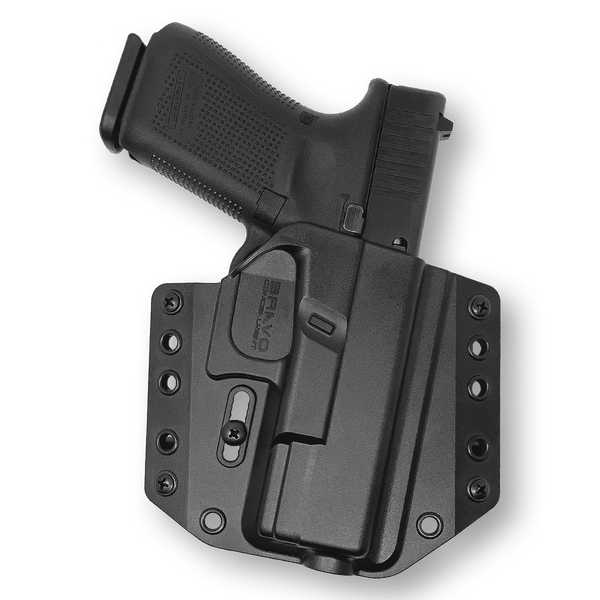
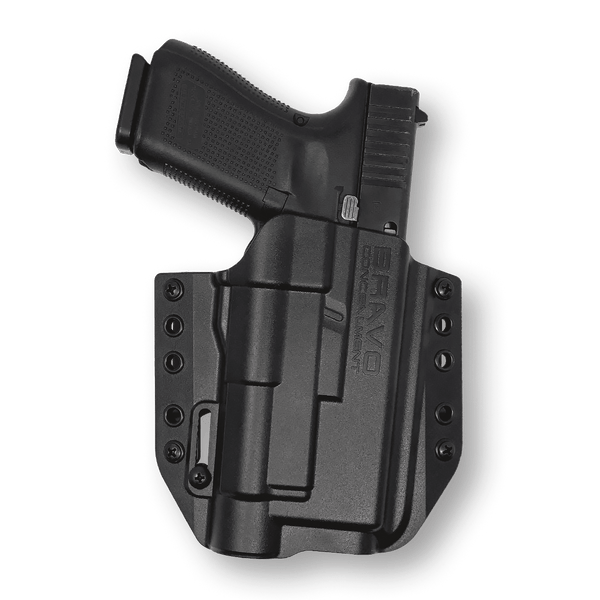
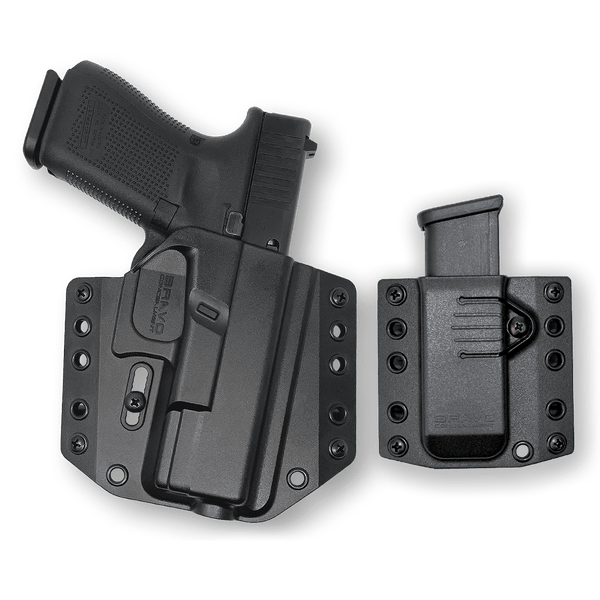

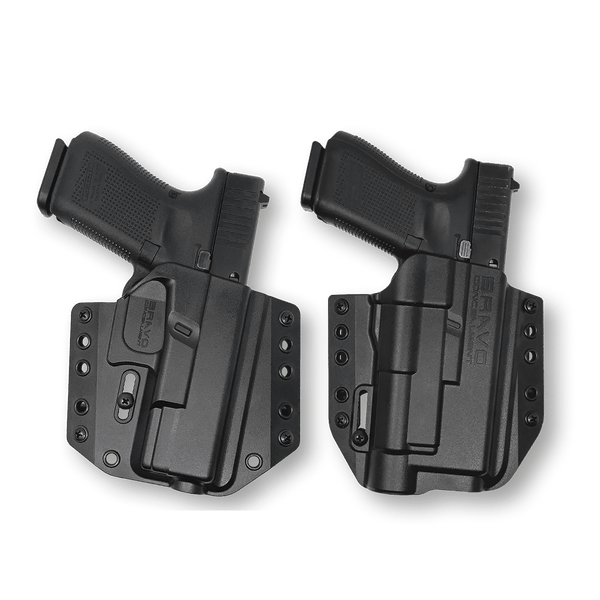
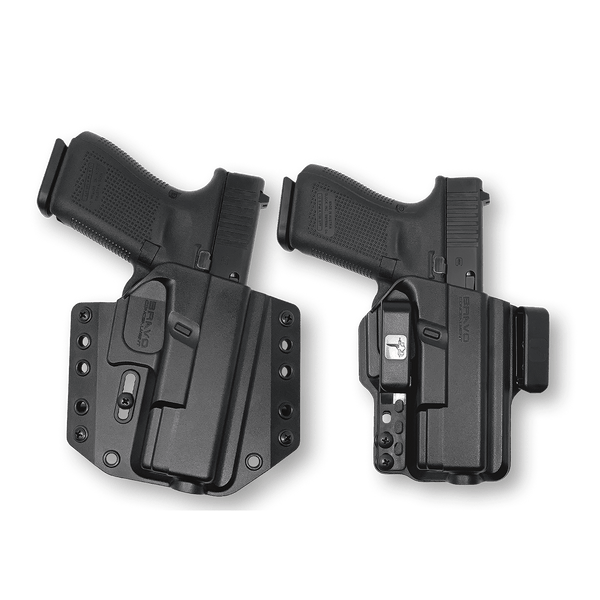
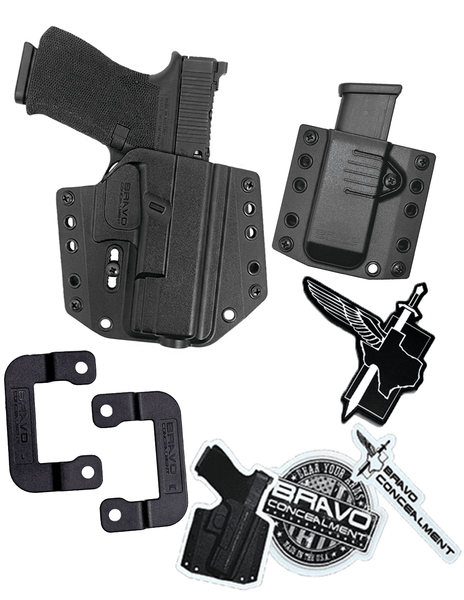
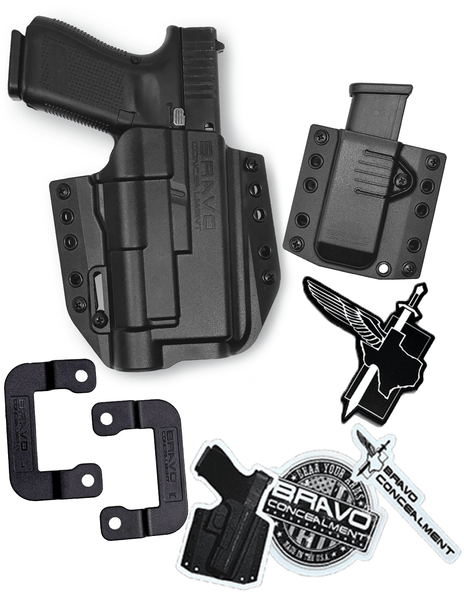
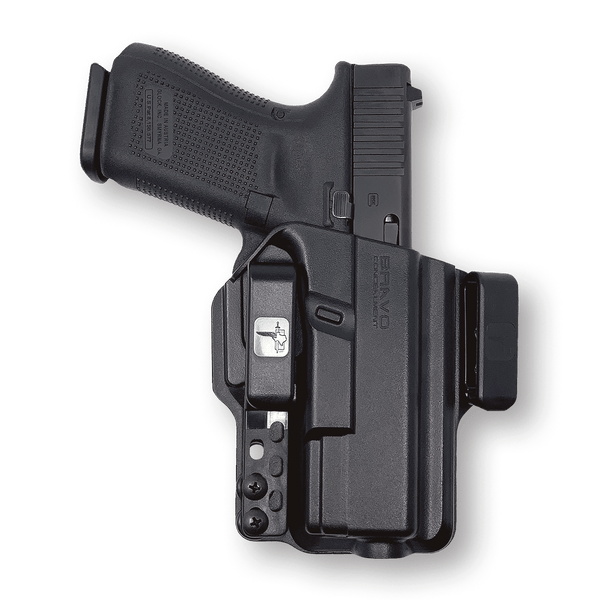
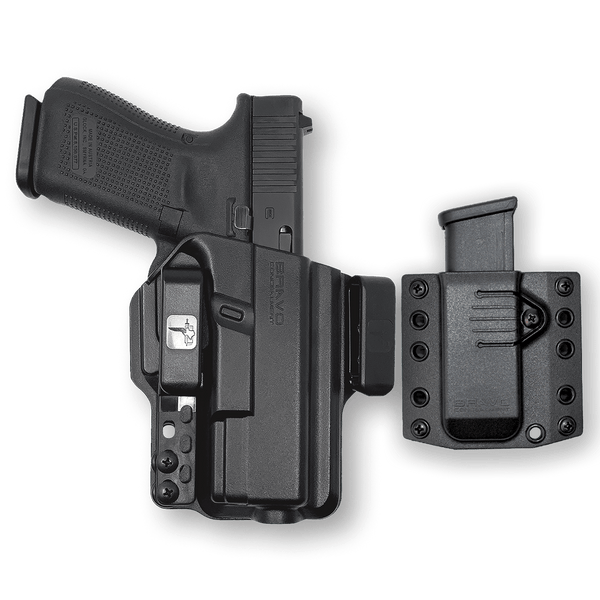
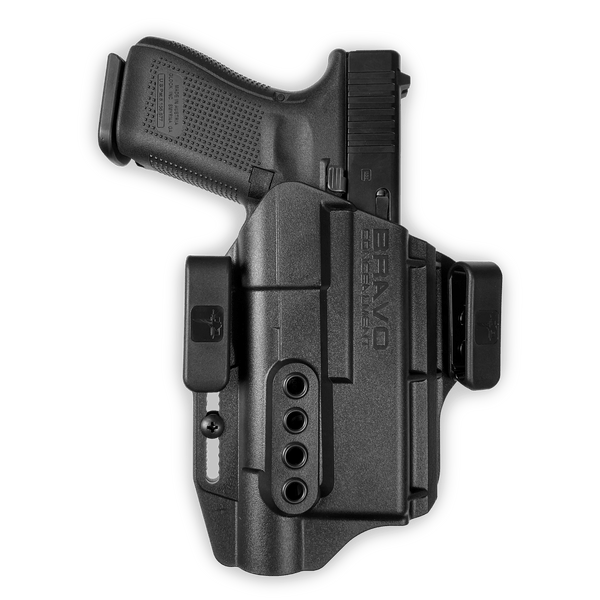
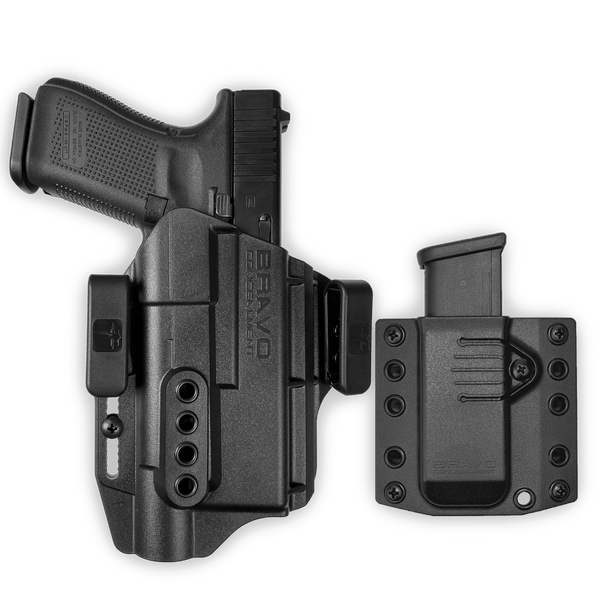
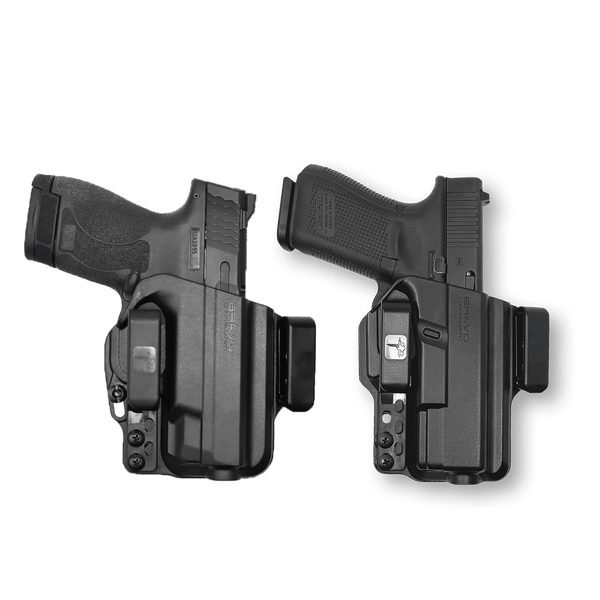
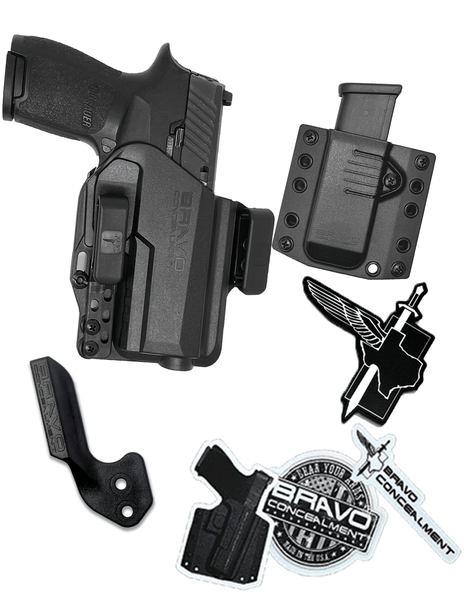

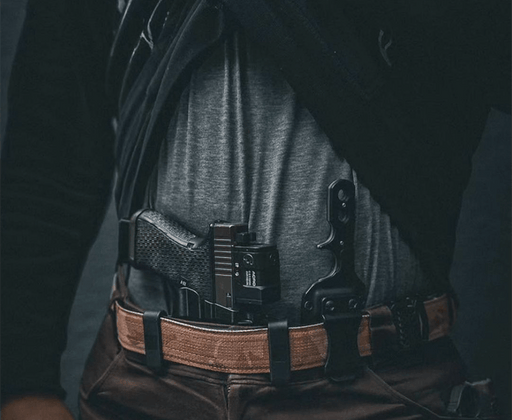
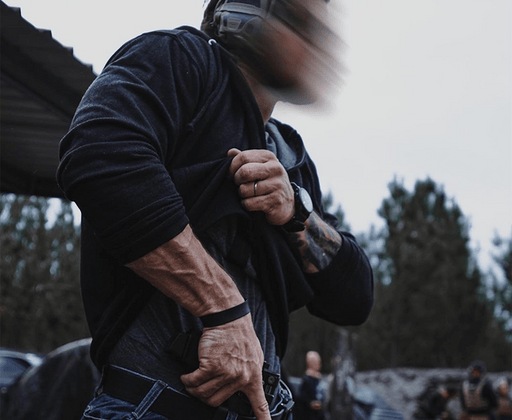
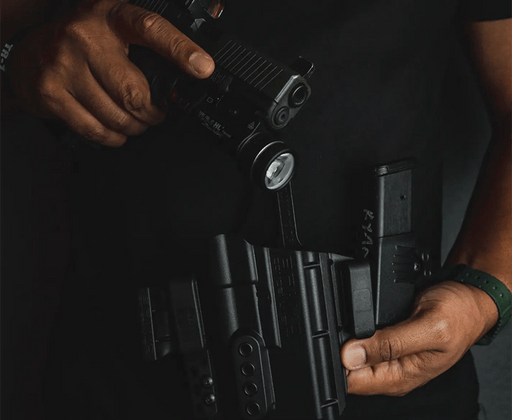
Leave a comment